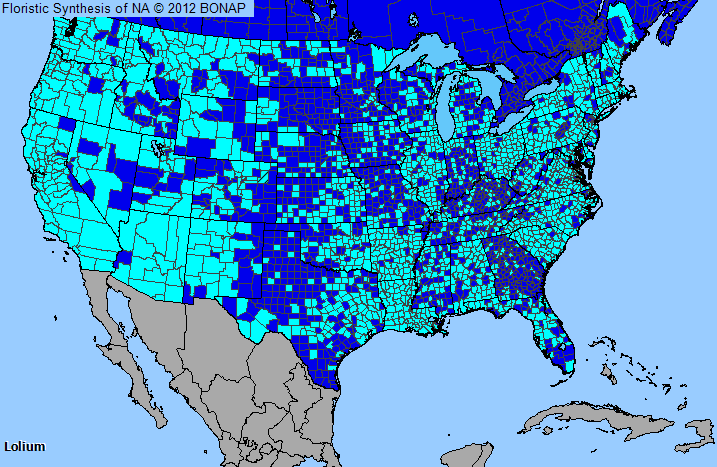
Plant Allergy Overview
Allergenicity
Severe
Pollen Season
Spring to Fall
Type
Grass
Sub-Type
Annual
Allergy Information
This is one of the more significant grass types in terms of allergy. Abundant pollen shed can cause severe pollinosis problems in all regions of the U.S.
Genus Details
The rye grass genus has short-lived perennial, biennial, and single-stemmed annual species. This grass is widely used in lawns, pastures as a forage, roadsides and waste areas. Perennial types grow in tufts or mats. Flat or slightly rolled (inward) leaf blades have a smooth surface and grow 1-10 inches long. Flowers are located on stalks 2-6 inches tall. Flowering occurs in June-August. The majority of the pollen comes from the grass found in patures, hay fields and wild areas, since the plants must usually be more than 1 foot tall to flower.
Pollen Description
Grains are spheroidal to ovoidal, sometimes elliptical. The exine is thin and the surface is granular to finely reticuloid. Poaceae apertures are 1-porate, with the pores usually circular to ovoidal.
Grains are 22-122 micrometers in diameter.
Genus Distribution

The shaded areas on the map indicates where the genus has been observed in the United States.
 - Native, observed in a county
- Native, observed in a county  - Introduced, observed in a county
- Introduced, observed in a county  - Rarely observed
- Rarely observedAllergens & Plants Search
Enter a full or partial species name to find more information on one of over 1,200 potentially allergenic plants.
For example, you can find chenopods searching on "cheno"

